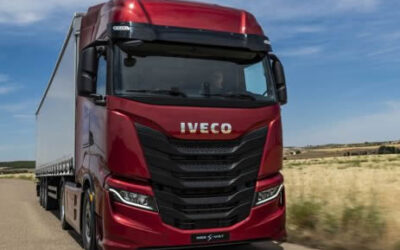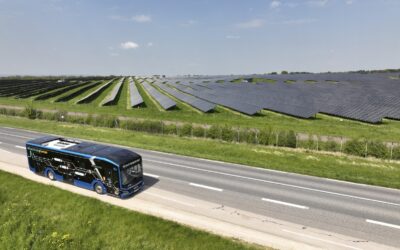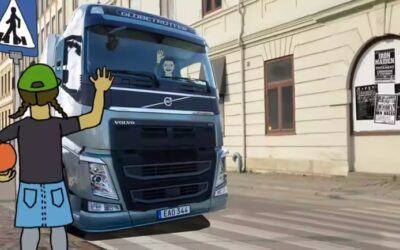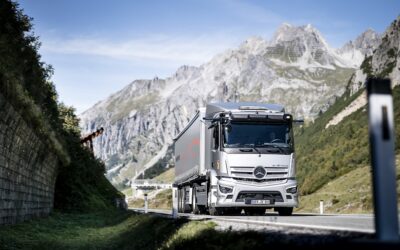For the first time since Scania set its Science Based Targets, the company reports on the progress on emission reduction both from its own operations and from vehicles in use.
In its own operations, Scania has already decreased carbon emissions by 43 percent from 2015 levels, through increased energy efficiency, reduction of energy waste and transfer to renewable energy. This means Scania is well on track to achieve the target of a 50 percent reduction by 2025 (scope 1 and 2) .
“We are ahead of plan with the reduction of carbon emissions from our operations globally, a lot thanks to our transition to fossil-free electricity for all our production sites that we reached during 2020,” says Scania President and CEO Henrik Henriksson.
Scania has also committed to reduce CO2 emissions from its products in use by 20 percent by 2025 (scope 3), with a 2015 baseline.
“We also see progress in reducing the emissions from when our vehicles are in use, which constitutes over 90 percent of Scania’s total emissions,“ Henriksson continues. Currently Scania is at 95.8 percent, a reduction of just above 4 percent. Starting on 100 percent in 2015, Scania aims to reach 80 percent by 2025 at the latest. Carbon emissions from Scania’s products in use are measured as well-to-wheel i.e. emissions generated in the production of the fuel or electricity are taken into account.
More significant steps are underway, as Scania continues to work closely with customers, focusing on energy efficiency in the conventional powertrain and increasing the share of biofuels which has an immediate as well as a retroactive effect on the rolling fleet of vehicles.
Scania will ramp up the volumes of electric vehicles with at least one new electric product application commercially launched in the bus or truck segment annually.
“Our climate targets are deeply embedded in daily decisions we make across the company. They are fundamental to our strategy and part of our corporate targets. They are our North Star – a guide that shows us the direction. We seek to continuously improve the environmental performance of our products, processes and services,” Henriksson concludes.
The information is released as part of Scania’s Annual and Sustainability Report 2020, find the full report here »







